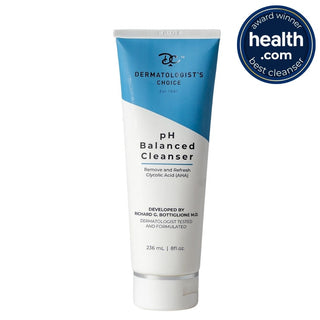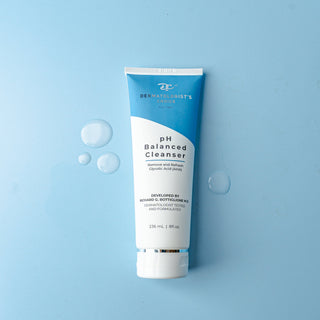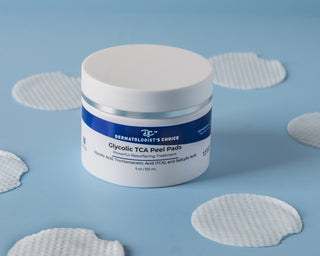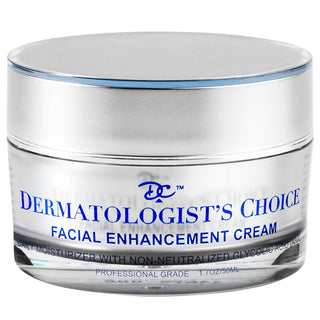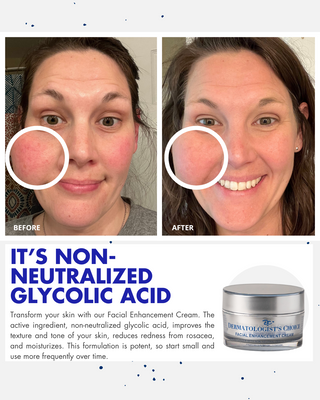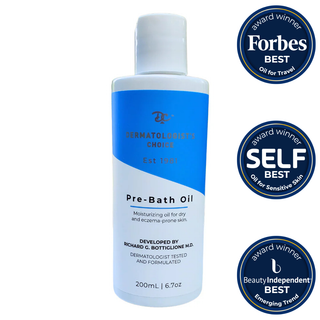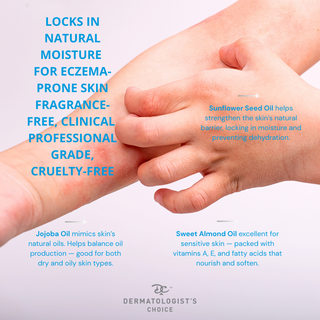Glycolic acid is a popular skincare ingredient that can help improve the appearance of skin by exfoliating dead skin cells and promoting cell turnover. However, some people may experience redness or irritation after using glycolic acid products, which can be concerning. In this blog post, we will discuss why this happens and how to address it.
Why does skin get red or irritated after using glycolic acid?
Glycolic acid is an alpha-hydroxy acid (AHA) that is derived from sugarcane. It works by breaking down the bonds between dead skin cells, allowing them to slough off and reveal fresher, brighter skin underneath. However, this exfoliating action can also irritate the skin, particularly if the glycolic acid concentration is high or the product is used too frequently.
Despite the potential for irritation, glycolic acid has been extensively studied and is generally considered safe for use in skincare products. For example, a 2002 study published in the Journal of the American Academy of Dermatology found that glycolic acid peels (at concentrations of up to 70%) were safe and effective for treating acne, melasma, and other skin concerns. Another study published in the Journal of Cosmetic Science in 2004 found that glycolic acid at concentrations of up to 20% was safe for use in daily skincare products.
How to address redness or irritation from glycolic acid
If you experience redness or irritation after using a glycolic acid product, there are a few steps you can take to address it. Firstly, pause using the product until the irritation subsides. Then, consider switching to a lower concentration of glycolic acid or reducing the frequency of use. For example, if you have been using a glycolic acid serum every night, try using it every other night or every third night instead.
In addition, it can be helpful to apply a plain, gentle moisturizer after using glycolic acid. This can help soothe the skin and reduce inflammation. Look for moisturizers that are fragrance-free and formulated for sensitive skin.
Another method, if you're comfortable with the skin redness, is to apply the glycolic acid for three days allowing the skin to become red and dry - this reaction is the glycolic acid entering the deepest layers of the skin. Keep in mind this is safe and it is unlikely any pigmentation will be caused. In fact, by allowing the skin to get red and dry the skin will purge the dead skin faster. That's good news because the fresh skin will come to the surface sooner. Apply regular moisturizer like the one in the Dermatologist's Choice Major Moisture Duo to condition the fresh skin. Repeat the treatment every two weeks for fresh, clear, and smooth skin - Step 1) apply Ultra Anti-Aging Cream three days in a row. Step 2) apply regular moisturizer for two weeks.
It is important to remember that irritation from glycolic acid is not dangerous and is generally temporary. With time and consistent use at lower concentrations, your skin can build up a tolerance to glycolic acid, allowing you to enjoy the benefits without irritation.
In conclusion, while glycolic acid can be a powerful ingredient for improving the appearance of skin, it can also cause redness and irritation. However, by understanding why this happens and taking steps to reduce irritation, you can safely incorporate glycolic acid into your skincare routine and enjoy the benefits it provides.
Dr. B. recommends incorporating a hydrating moisturizer such as the Major Moisture Duo when skin gets too red after glycolic acid skincare.




